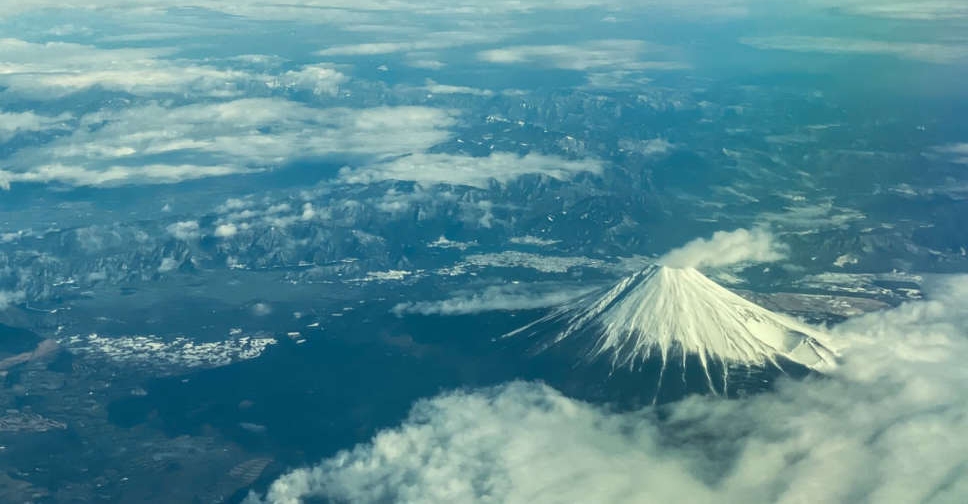
The Japan Meteorological Agency has decided to launch more robust “wide-area” ashfall forecasts to prepare for the ash that would hit the Tokyo metropolitan area after a major eruption of Mt. Fuji.
Japan News reported that the system will be designed to predict ashfall over a wider area and over many hours.
An eruption of Mt. Fuji could bring more than 30 centimetres of ashfall into surrounding areas, resulting in serious damage, such as collapsed homes and paralysed transport networks.
The agency aims for the system to facilitate prompt responses to a disaster. It plans to start developing the system from next fiscal year and launch it as early as within a few years.
During the past 5,600 years, on average, Mt. Fuji is believed to have erupted every 30 years. However, since the Hoei eruption, it has not erupted for over three centuries.
After the Hoei eruption started on December 16, 1707, ash from Mt. Fuji fell intermittently for 16 days and reached central Tokyo, blown by winds at higher altitudes. Mt. Fuji is estimated to have shot out around 1.7 billion cubic meters of ash and other substances.
The agency plans to set up a new post focused on planning and coordinating information on volcanic ashfall in the next fiscal year and accelerate efforts to introduce wide-area ashfall forecasts.
A government panel of experts is also discussing measures to take in case of a Mt. Fuji eruption and plans to compile guidelines by the end of this year.



 Lebanese govt must fulfill commitment to disarm Hezbollah, says Israeli DM
Lebanese govt must fulfill commitment to disarm Hezbollah, says Israeli DM
 Kenya landslide death toll rises to 22
Kenya landslide death toll rises to 22
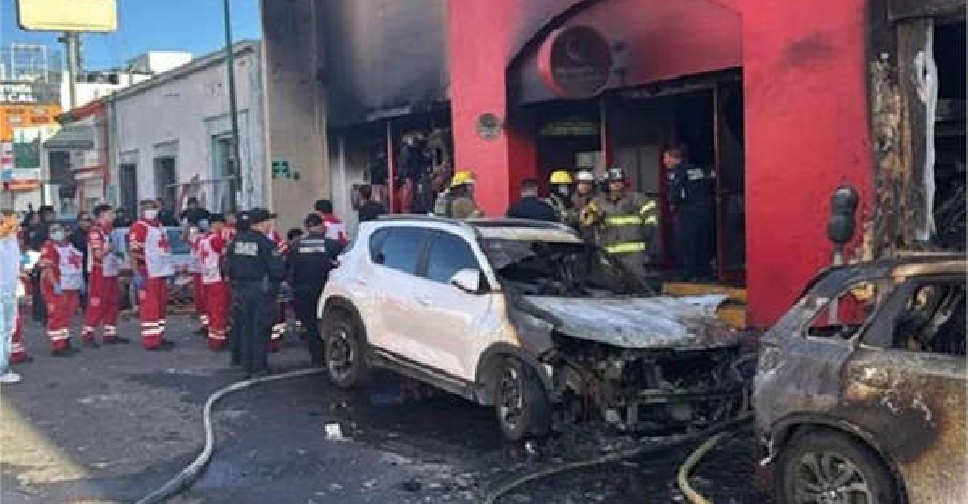 Fire at store in northwestern Mexico leaves at least 23 dead
Fire at store in northwestern Mexico leaves at least 23 dead
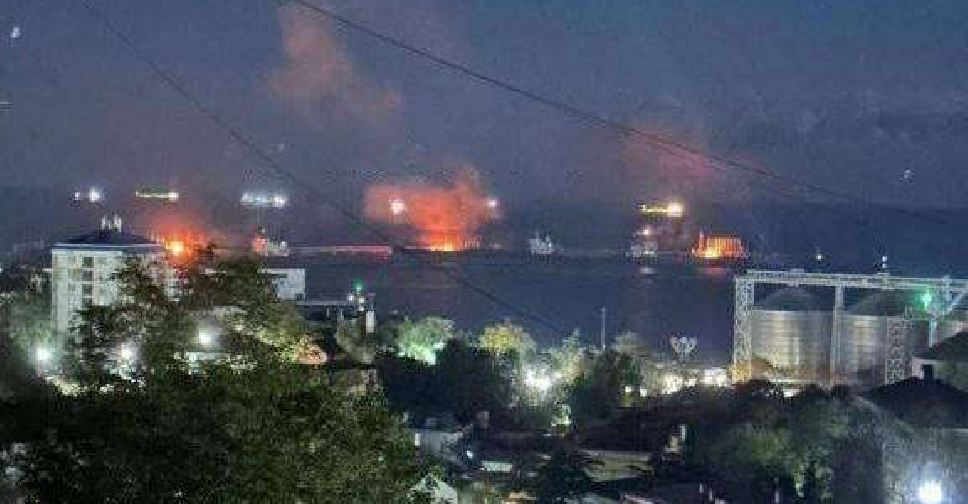 Ukrainian drone strike hits key Russian oil port
Ukrainian drone strike hits key Russian oil port
 UK train stabbings injure ten, police arrest two suspects
UK train stabbings injure ten, police arrest two suspects
 Tanzania's Hassan declared landslide winner in election marred by violence
Tanzania's Hassan declared landslide winner in election marred by violence
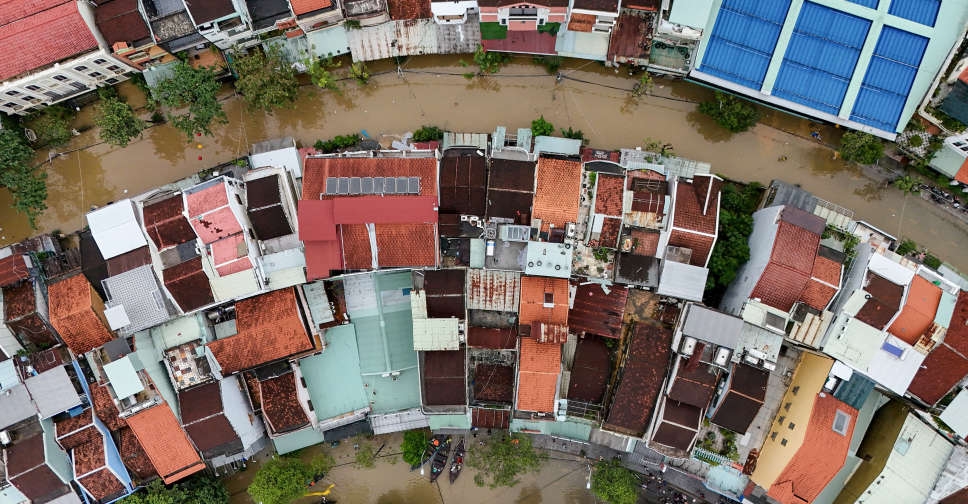 Vietnam's ancient town Hoi An works to restore tourism after devastating floods
Vietnam's ancient town Hoi An works to restore tourism after devastating floods
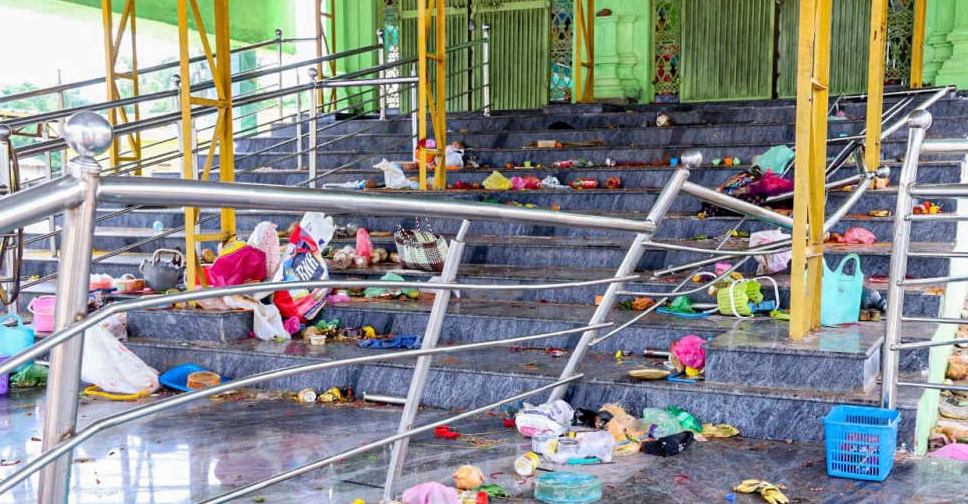 Indian temple stampede kills nine, injures several
Indian temple stampede kills nine, injures several




